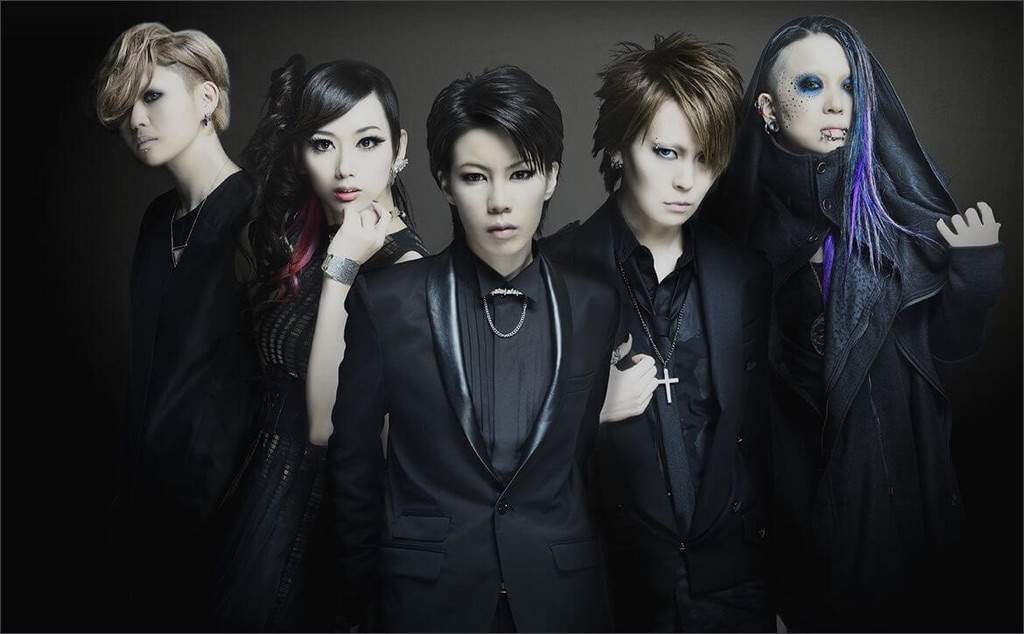Visual Kei fashion is more than just a style—it’s a cultural movement that has influenced music, fashion, and personal identity. Originating in Japan in the 1980s and rising to prominence in the 1990s, it has since captured the attention of fashion enthusiasts and music lovers around the world. With its roots deeply intertwined with the Visual Kei music genre, the fashion is an avant-garde blend of glam rock, punk, gothic, and androgynous influences, all framed within a unique Japanese aesthetic.
The Origins of Visual Kei Fashion
The term “Visual Kei” (literally “visual style”) was first used to describe Japanese rock bands that paid as much attention to their appearance as to their music. Groups like X Japan, Buck-Tick, and Malice Mizer were among the trailblazers, showcasing extravagant, theatrical costumes alongside their experimental music. They not only pushed the boundaries of sound but also visual presentation—creating performances that were as much about the spectacle as the music itself.
As these bands gained traction, their bold looks—complete with dramatic makeup, elaborate hairstyles, and eclectic clothing—began to influence fans and other musicians alike. Visual Kei fashion soon became synonymous with a subculture that embraced individuality, nonconformity, and creative expression.
Key Elements of Visual Kei Fashion
1. Androgyny and Gender Fluidity
One of the most defining features of Visual Kei fashion is its rejection of traditional gender norms. Both male and female performers in Visual Kei bands often adopt androgynous looks, mixing elements traditionally associated with both genders. This can include tight, figure-hugging clothing, oversized shirts, heavy makeup, and hairstyles that challenge conventional gender boundaries. The result is a fluid, gender-neutral appearance that allows for personal interpretation and expression.
2. Dramatic Hairstyles
Visual Kei hairstyles are often bold and extravagant, frequently requiring hours of styling. Large, teased hair, colorful dyes, and sharp, angular cuts are common, with some individuals sporting gravity-defying spikes or elaborate curls. Hair is considered an integral part of the overall visual identity, and some Visual Kei artists have become famous for their unique and ever-evolving hairstyles.
3. Heavy Use of Makeup
Makeup is an essential part of Visual Kei fashion, with dramatic eye makeup being a central feature. Dark eyeliner, eyeshadow, and mascara are used to accentuate the eyes, often creating a mysterious or intense gaze. Pale skin is also commonly seen, with some individuals using foundation or powder to achieve a ghostly complexion. Lip colors can vary from bold reds to black, adding to the overall theatrical vibe of the style.
4. Layering and Mix-and-Match Textures
The clothing itself often combines a variety of textures and materials, including leather, lace, velvet, and silk. Layers of fabric—sometimes in clashing patterns and colors—are used to create a sense of drama and opulence. This could mean pairing a ruffled lace shirt with a leather jacket, or wearing a sleek, tailored blazer over a voluminous skirt. The style encourages mixing elements of glam rock, punk, and goth, often with a dark, mysterious flair.
5. Accessories and Details
Visual Kei fashion places a strong emphasis on accessories, with fans and performers alike using belts, chains, bracelets, rings, and chokers to complement their outfits. These accessories often feature spikes, studs, or intricate metalwork, adding to the overall punk-inspired aesthetic. Hats and headdresses are also common, from top hats to ornate headbands, further enhancing the theatricality of the look.
The Influence of Visual Kei Fashion on Global Culture
While Visual Kei began as a Japanese subculture, its influence has spread globally. In the late 1990s and early 2000s, the rise of the internet and globalization allowed fans from around the world to connect with the Visual Kei movement. As a result, the fashion began to appear in various countries, influencing alternative subcultures, particularly within the goth, punk, and metal communities.
Visual Kei has also made its mark on mainstream fashion, with designers and stylists incorporating elements of the style into runway shows and editorial photoshoots. Some of the most iconic fashion designers have drawn inspiration from Visual Kei’s eclectic and dramatic aesthetic, merging it with high fashion to create bold, avant-garde collections.
Moreover, Visual Kei has played a significant role in the development of K-pop fashion, with many K-pop idols embracing and experimenting with similar avant-garde styles. The genre’s influence on pop culture has created a cross-pollination of ideas between Japan, South Korea, and the West, fostering a greater appreciation for unconventional beauty and fashion.
Embracing Visual Kei as Personal Expression
At its core, Visual Kei fashion is about breaking free from societal expectations and embracing individuality. For fans and practitioners, it is not simply about adopting a particular look; it’s a means of personal expression that defies categorization. Whether through extravagant stage performances or daily streetwear, Visual Kei offers a space for people to experiment with their identity and defy conventional standards of beauty.
Visual Kei fashion is an art form that continues to evolve, with new generations of musicians, artists, and fans contributing to its ever-expanding legacy. The movement remains as relevant as ever, encouraging bold creativity and an unapologetic celebration of diversity in style.
In essence, Visual Kei is a living, breathing expression of how fashion and music can collide to create something truly transformative. It is a celebration of the individual, the unconventional, and the beautifully bizarre—a movement that continues to inspire, influence, and captivate those who dare to embrace it.
